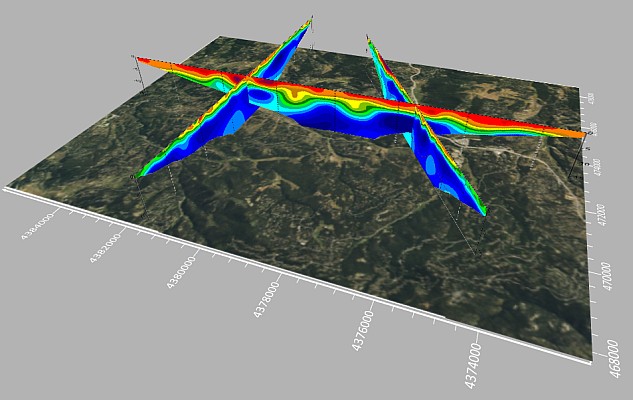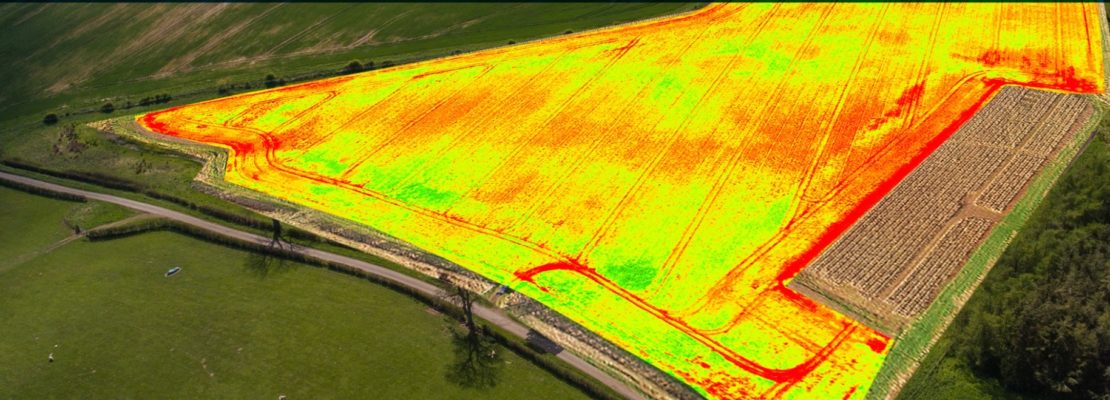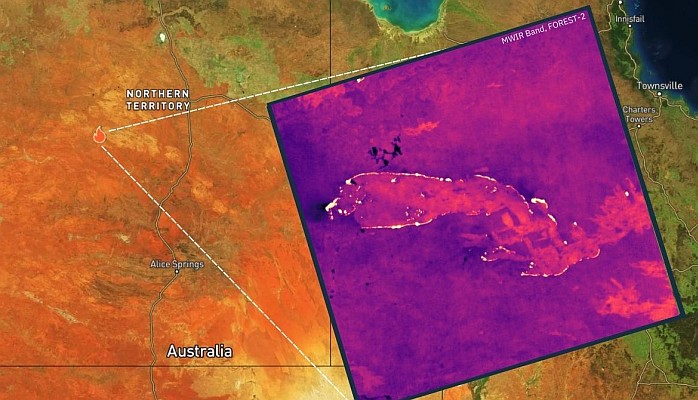ESRI’s recently released ArcGIS 9.2 software is a powerful developer technology designed to support service-oriented architecture (SOA) systems. SOA focuses on an approach that supports heterogeneous, loosely coupled services. ArcGIS supports this environment by providing a complete set of spatial tools for the desktop, server, mobile devices, and Web that is combined with robust Application Development Frameworks (ADF) for .NET and Java.
Many organizations face the challenge of reacting to frequently changing business requirements while trying to increase productivity and reduce costs. GIS provides the visualization and analysis that help illustrate relationships, connections, and patterns that are not necessarily obvious in any one dataset, enabling organizations to make better decisions based on all relevant factors.
ArcGIS 9.2 meets those needs with enhanced functionality, fine-grained objects, and extensive documentation, allowing quicker, easier, and cost-efficient development of mapping and sophisticated geographic information system (GIS) analysis applications.
Enterprise GIS Server
ArcGIS Server 9.2 delivers extensive capabilities for integrating mapping, spatial analysis, and modeling within the enterprise. It is designed to plug in to an SOA using Web services protocol and includes administrative tools for integrating GIS services with other enterprise services.
Flexible Environment
ESRI offers developers flexibility in selecting a development platform for ArcGIS. ArcObjects is at the core of these choices, offering an integrated collection of GIS software objects written in C++. Developers can choose from three deployment platforms (ArcGIS Desktop, ArcGIS Engine, and ArcGIS Server) and four development environments (Java, .NET, cross-platform C++, and COM) and can deploy applications on a variety of Windows and UNIX operating systems.
The Java environment at 9.2 provides the developer with:
· New JavaServer Faces (JSF)-based Web controls and Web templates available through the integrated development environment (IDE). (The IDE can be used to drag and drop these controls into JavaServer Pages [JSP].)
· Enterprise JavaBeans (EJB) for mapping, geocoding, geoprocessing, and network analysis that are engineered for use in service-oriented architectures.
· Templates for building Web and enterprise applications and services.
The .NET environment at 9.2 includes
· Full support for Microsoft’s .NET 2.0 and Visual Studio 2005.
· Integration inside Visual Studio 2005 and leveraging of the .NET Framework 2.0 features.
· Tighter integration inside the Visual Studio IDE in the form of templates, wizards, code snippets, documentation, and component-level help.
· New controls and prebuilt commands such as Identify, Hyperlink, Measure, Add Data, and a set of basic editing commands. Approximately 200 ready-to-use controls and commands exist in ArcGIS 9.2.
Developer Program
Developers can quickly tap into the power of geospatial technology for their application or enterprise system through the ESRI Developer Network (EDN). EDN is an annual subscription-based program that provides software developers with the resources needed to build solutions that embed ESRI’s desktop and server technologies.
For more information about the EDN program, visit www.esri.com/edn. Outside the United States, contact your local ESRI distributor.






